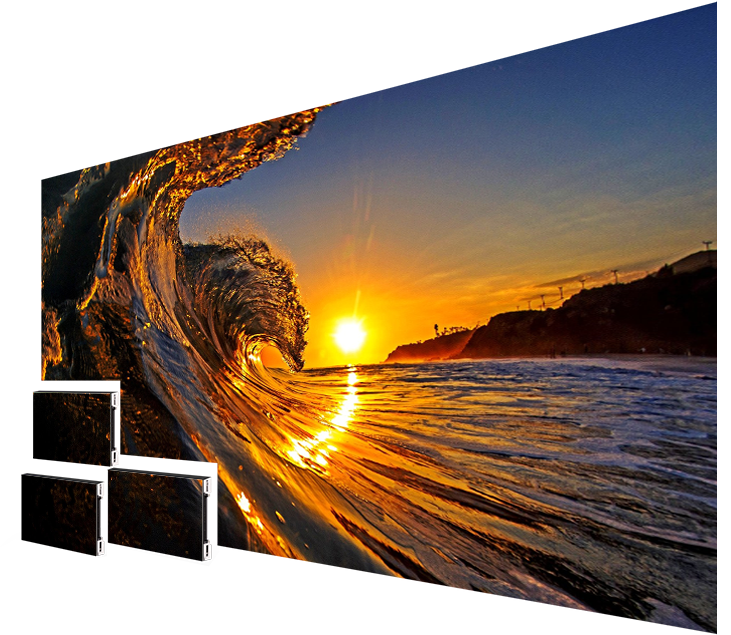LED panel panels are more and more favored across different settings, from homes to businesses and public areas. Such screens are known for their bright as well as dynamic displays, that render these suitable for conveying information, advertisements, and engagement. Nevertheless, comprehending the brightness measurements for LED panel screens is essential to ensuring optimal visual efficacy. Illumination can be quantified using units called nits, which show the amount of luminosity produced by the screen. The greater the number of nits, the brighter more luminous a display is. For, example, a panel boasting one thousand candelas is significantly brighter than one featuring 500 candelas, rendering this one better equipped for well-lit settings.

As you choosing a LED wall panel, it is important in consider which setting where that the screen will be placed. In well-lit illumined areas, like retail environments and outdoor locations, higher higher brightness level is necessary to ensure visibility. Conversely, in darker environments, such as theaters or conference rooms, a lower illumination rate might be adequate. This is because excessive bright unnecessary brightness within an dark environment can lead in viewer discomfort for viewers, causing it more difficult for concentrate with a screen. Thus, comprehending specific particular requirements of an installation site can help with selecting a right brightness level for optimal viewing experience.
A further important factor for consider the contrast contrast ratio in an Light Emitting Diode panel panel. The contrast ratio measures the disparity exists between the brightest white versus the darkest dark black that the panel is able to create. An greater contrast ratio means that the display is capable of present greater clarity and depth, which enhances overall image quality. For instance, a screen boasting a contrast ratio of 10,000:1 is able to show visuals with more vivid colors as well as crisper features than one with a proportion at one thousand to one. Such becomes particularly important in instances where showing visuals and videos that require greater definition as well as detail, such as presentations or promotional content.
Additionally, the technology mechanism behind LED wall screens has a crucial part for the brightness and overall efficiency. Different kinds in Light Emitting Diode technologies, such as OLED as ultra hd led video walls well as Liquid Crystal Display, possess unique traits which affect how brightness is perceived. Organic Light Emitting Diode screens typically offer superior differential and deeper blacks, thereby may enhance the visual experience within darker settings. On the other hand, traditional LED screens may prove to be more suitable for bright environments due to their capacity for produce greater levels in brightness. Understanding these tech-related variances can help users in making informed choices according to specific specific requirements.
In conclusion, consistent maintenance and adjustment for LED wall screens can help preserve optimal brightness as well as efficacy over time. Dirt and particles may build up in a screen, impacting its illumination and clarity in a display. Periodic cleaning and expert adjustment can guarantee the the screen operates at top best, offering uniform visual quality. Moreover, some sophisticated Light Emitting Diode wall screens come with integrated features which allow users for modify brightness settings as well as color adjustments according to their wants. By implementing these see this website steps, operators can guarantee that LED Light Emitting Diode wall screens deliver an best visual performance, no matter where environment where which these are used.
Comments on “Explaining LED Wall Screen Illumination Measurements for Optimal Visual Effectiveness”